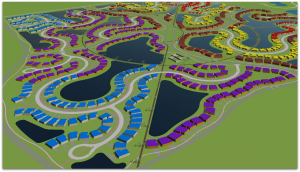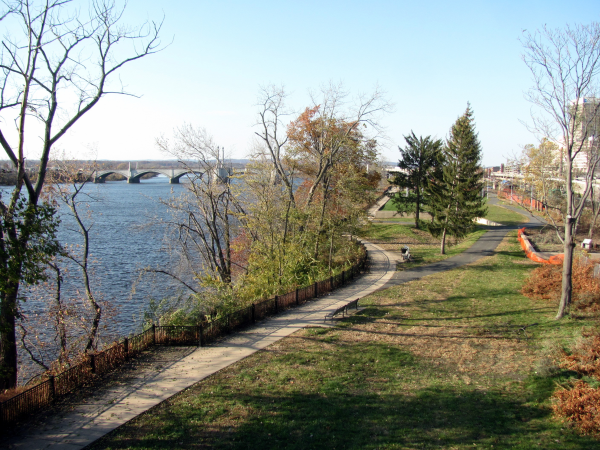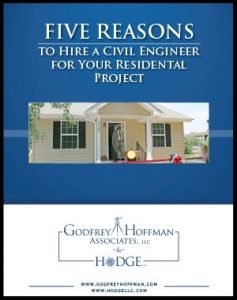
The work put into subdivision design is something that will affect the quality of life of future residents and business for generations. Of course, it will also immediately affect the development process of the subdivision. Moving forward with a good design plan will help smooth over countless unforeseeable issues.
 Subdivision design requires a lot of experience not only with the design process, but also working with town and city officials, the notorious abundance of zoning codes and regulations, and the needs of general contractors and construction managers. With most subdivisions now being built on tight pieces of land with unique design challenges, the value of this experience is even more important. Gone are the days of simple subdivision design, lax codes and straight-forward regulations.
Subdivision design requires a lot of experience not only with the design process, but also working with town and city officials, the notorious abundance of zoning codes and regulations, and the needs of general contractors and construction managers. With most subdivisions now being built on tight pieces of land with unique design challenges, the value of this experience is even more important. Gone are the days of simple subdivision design, lax codes and straight-forward regulations.
We recognize that a growing number of people are choosing to live in subdivisions to be closer to nature. But the way subdivisions are designed have serious implications for the surrounding environment. While being familiar with the more traditional subdivision designs, we are also highly knowledgeable about the more nuanced and conservational subdivision designs. These designs favor grouping residential units together, leaving “green spaces” or undeveloped plots of land within the subdivision that can be enjoyed by residents but also more beneficial to the surrounding environment.


